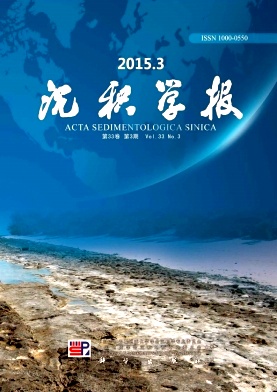Characteristics & Controlling Factors of Chang 7 Tight Oil in Xin'anbian Area, Orods Basin
doi: 10.14027/j.cnki.cjxb.2015.03.021
- Received Date: 2015-01-28
- Rev Recd Date: 2015-03-18
- Publish Date: 2015-06-10
-
Key words:
- controlling factors /
- tight oil /
- Chang 7 oil-bearing formation /
- Xin'anbian area /
- Ordos Basin
Abstract: As a first proven big oil field in Xin'anbian area, Ordos Basin, the proved reserves of Xin'anbian oilfield tight oil is over hundred million tons. Based on previous study on sedimentary facies, source rock, reservoir feature and densification mechanism, by using thin sections, MICP, SEM, porosity & permeability, Micro-CT and other analysis methods, and through study on source rock characters, sand distribution, contact between source rock and reservoir, the geological characteristics and controlling factors on large-scale distribution of tight oil in Xin'anbian area were summarized to clarify the mechanism of tight oil accumulation and enrichment. Chang 72 tight sandstones are widely distributed and micrometer-scaled pores are the main reservoir space. The complex pore system consists of micrometer scaled pores and nanometer scaled throats, and the better pore-throat connectivity provide guarantee for oil flowing in micro-reservoir space. The oil quality is relatively good with characters of low density, low viscosity, low freezing point, no sulfur-containing and high mobility. Tight sandstones are close to high quality source rocks, which is favorable for near-sourced accumulation. Pressure increase during hydrocarbon generation process can provide sufficient power, and sandstones with high connectivity & fractures are migration pathway for hydrocarbon accumulation, resulting in high hydrocarbon charging percentage and large scaled tight oil play in Xin'anbian area.
| Citation: | Yao YiTong, Li ShiXiang, Zhao YanDe, Chen ShiJia, Lu JunGang. Characteristics & Controlling Factors of Chang 7 Tight Oil in Xin'anbian Area, Orods Basin[J]. Acta Sedimentologica Sinica, 2015, 33(3): 625-632. doi: 10.14027/j.cnki.cjxb.2015.03.021 |






 DownLoad:
DownLoad: